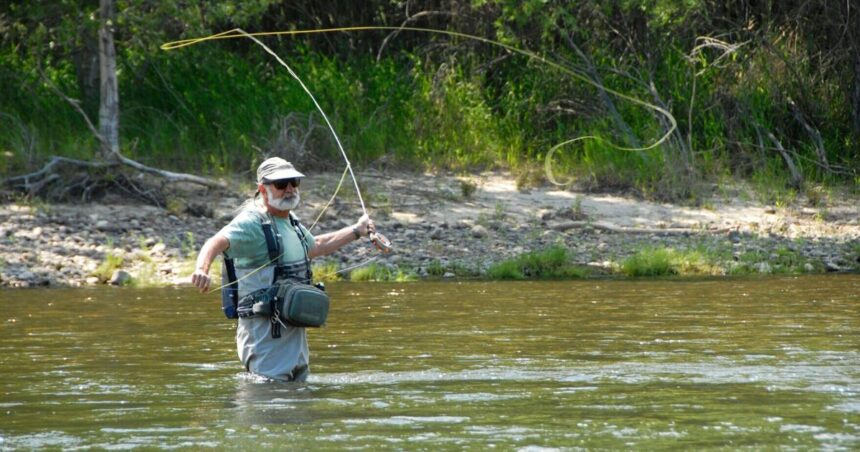Fishing restrictions on several additional rivers in southwest Montana will go into effect at 2 p.m. on Friday, July 12, due to warming temperatures and low water flows according to a statement released by Montana Fish Wildlife and Parks.
Hoot-owl restrictions prohibit fishing from 2 p.m. to midnight each day. These closures and restrictions will stay in effect until conditions improve.
Hoot-owl restrictions that take effect July 12 include:
- Big Hole River – Entire river downstream of Saginaw Bridge on Skinner Meadows Road
- Smith River – From Eden Bridge to the confluence of the North and South forks
- East Gallatin River – Entire river
- Gallatin River – From Amsterdam Road to the confluence with the Missouri River
- Madison River – From Ennis Fishing Access Site (FAS) to Ennis Reservoir
- Clark Fork River – From Rock Creek near Clinton to the confluence with the Flathead River
- Bitterroot River – Entire river, from the confluence of the East and West Forks to the Clark Fork River
- Blackfoot River – From Cedar Meadow FAS to the confluence with the Clark Fork River
People are also reading…
The announcement comes only two days after officials announced the first round of hoot-owl fishing restrictions on Montana rivers for the summer season.
Restrictions remain in effect for portions of the Big Hole, Beaverhead, Clark Fork, Madison, Ruby and Sun rivers, as well as the Jefferson River and Silver Bow Creek in their entirety.
To view a full list of restrictions, click here.
FWP’s drought policy provides for angling restrictions when flows drop below critical levels for fish, when water quality is diminished or when maximum daily water temperatures reach at least 73 degrees for three consecutive days. Water temperatures of 77 degrees or more can be lethal to trout.
These restrictions are designed to protect fish that become more susceptible to disease and mortality when conditions like this exist. One short-term strategy to address heat-induced stress in Montana’s wild trout is to reduce catch-and-release mortality by alerting anglers to fish only in the morning.
Anglers can reduce stress on fish at all times of the year by getting fish to the net or in hand quickly, keeping them in the water and reviving them prior to releasing them back into the river.
If high temperatures and extremely low flows persist, anglers may want to consider fishing areas with less stressful temperatures and conditions, such as larger lakes or reservoirs, or higher elevation waterbodies.





